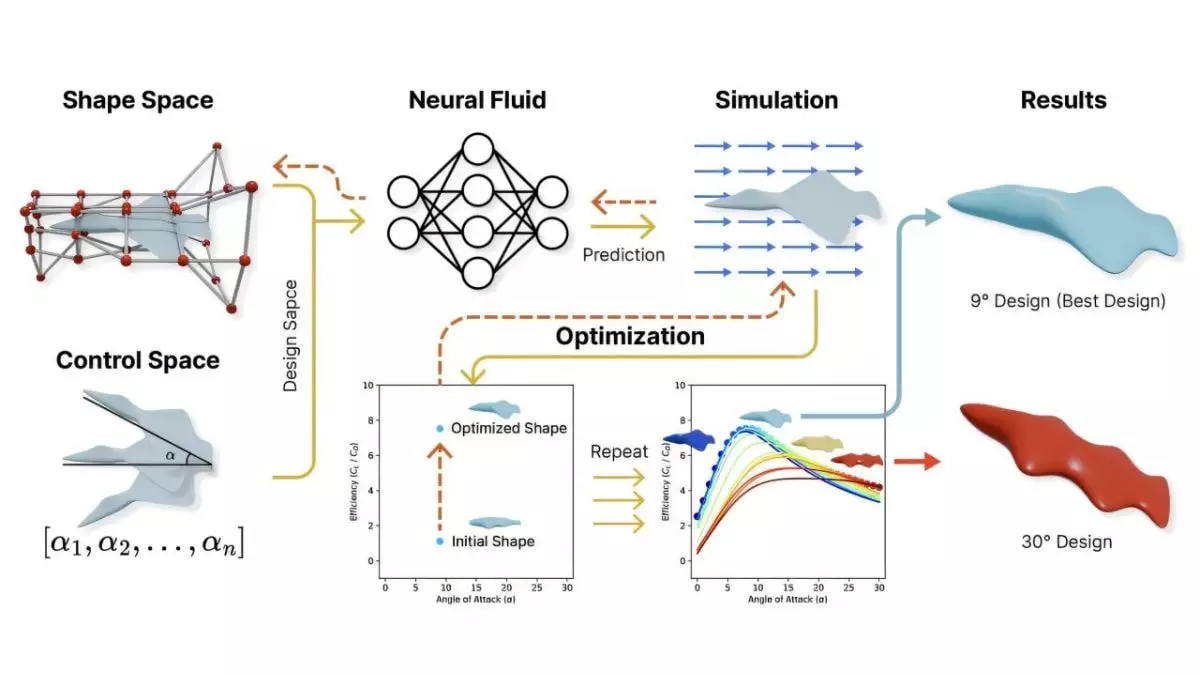The aspiration to explore the depths of the oceans has historically been hindered by the limitations of conventional engineering. Submarines and torpedo-shaped gliders, though functional, often struggle with energy efficiency and maneuverability. Recent advancements challenge these longstanding notions, leveraging the ingenious biomechanics of marine life to reimagine what underwater vehicles can achieve. In a bold fusion of biology and technology, researchers are harnessing artificial intelligence to craft bioinspired designs that significantly elevate ocean exploration capabilities. This approach recognizes that nature’s solutions—shaped over millions of years—are often more optimized than human-made constructs. By simulating fish, sharks, and seabirds, engineers are breaking free from the incremental innovation cycle, instead deploying AI-driven algorithms to uncover unconventional, yet highly effective, shapes and movement patterns. This paradigm shift underscores a critical understanding: true progress emerges not from copying nature superficially, but from integrating its principles through sophisticated computational design.
From Concept to Reality: The Power of Generative Design and 3D Printing
One of the most compelling facets of this pioneering effort lies in the methodological leap from theory to tangible prototypes. Utilizing machine learning models trained to evaluate lift-to-drag ratios across countless shape permutations, the team identified designs that maximize energy efficiency. They then rapidly translated these digital concepts into physical tests via 3D printing—bypassing the traditional, often slow, prototype development process. The result: two innovative models resembling a sleek airplane and a flatfish, both demonstrating superior glide performance underwater. These prototypes aren’t just aesthetic novelties; they incorporate advanced control features such as buoyancy regulation and mass shifting, enabling precise navigation and prolonged operation in complex ocean currents. This combination of AI, rapid prototyping, and intelligent hardware integration exemplifies a future where designing efficient, adaptable underwater explorers becomes a matter of algorithmic sophistication rather than manual iteration. It is a necessary evolution, ensuring scientific tools keep pace with the mounting urgency of understanding our rapidly changing oceans.
Significance and Ethical Considerations: Moving Towards Sustainable Ocean Research
The implications of this technological breakthrough extend well beyond mere efficiency. As industries expand their influence into the ocean—whether for resource extraction, climate monitoring, or scientific research—the need for sustainable, low-impact exploration tools becomes paramount. AI-optimized bioinspired gliders exemplify a responsible approach, potentially reducing the ecological footprint of oceanic data collection while enhancing the breadth and depth of information gathered. However, this innovation also prompts critical reflection on accessibility and control. Who gets to wield these powerful tools, and at what cost? Excessive commercialization or militarization could distort their benefits, undermining global efforts for sustainable stewardship. Moreover, reliance on machine learning raises questions about transparency and accountability—are we truly understanding the decisions driving these designs, or simply entrusting algorithms with significant responsibilities? In embracing nature-inspired AI, we must also remain vigilant, ensuring that technological progress aligns with ethical imperatives—prioritizing planetary health and equitable sharing of knowledge over mere competitive advantage. Only then can these advancements serve as genuine catalysts for responsible exploration and conservation.


Leave a Reply